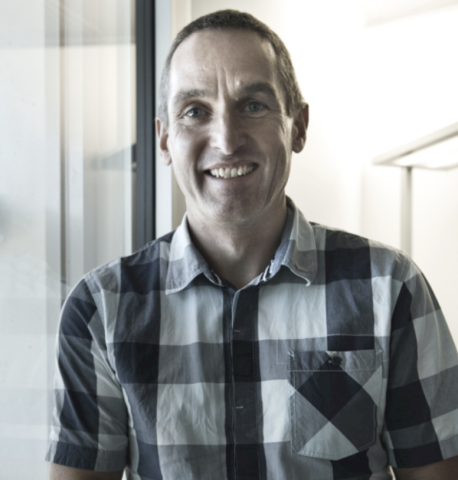As head of the Beams department (BE), I am proud to report on a very successful recommissioning of the accelerator complex following a busy year-end technical stop (YETS), thanks to the dedication of all the groups involved from across the Accelerator and Technology sector, with the support of teams throughout CERN and our many external partners. The smooth running of the complex is the main focus of the BE department and, with the recommissioning now behind us, I would like to update you on some of our ongoing activities.
Extensive preventive and corrective maintenance was carried out during the YETS on all systems under our responsibility. Accelerator controls have been performing very well, with close to zero downtime during the latest operational period. Nevertheless, a lot is still going on behind the scenes to manage technical debt, improve end-user functionality and explore new opportunities. A few examples include the upgrade of the accelerator complex timing backbone to the BE-developed White Rabbit technology, the transition from running accelerator controls on physical computer servers to orchestrated applications in containers in collaboration with the IT department, the development of a centralised, low-code, graphical application platform for the Accelerator and Technology sector, and the deployment of data-science-based optimisation solutions.
Progress has also been achieved with the CERN industrial controls platforms that run the technical infrastructure of the CERN site and its experimental detector and accelerator installations. This includes evolving the frameworks to support user requirements, preparing for a major new release of the underlying operating system and planning the major upgrades planned for Long Shutdown 3 (2026–2028).
Another pillar of the BE department is the newly formed Geodetic Metrology group, which performs the survey and alignment of accelerator and experimental components and provides the geodetic references required for all current and future accelerator installations at CERN. The team has recently been developing a new measurement technique based on frequency scanning interferometry, which is now being industrialised as a collaborative effort between several groups of the department. This technique innovates in that it can probe the inside of a cryostat, which is why it was recently used on the first of the new High-Luminosity LHC triplet quadrupole magnets built and tested at Fermilab. As the magnet was cooled down to liquid helium temperatures for the first time, the BE surveyors were able to continuously monitor the position of the cold mass inside its vacuum vessel with a resolution of a few micrometres.
On the accelerator side, the H- ion source that provides the protons for CERN’s accelerator complex received a significant upgrade during the YETS, ready for 2023 operation. The design of the electrodes that extract the negative hydrogen ions was modified to improve the quality of the beam from the source. These changes allowed Linac4, the linear accelerator that feeds the complex, to reach 40% higher beam intensities. The YETS also provided a welcome opportunity to install new equipment in the LHC, including two new crystal collimators that complete the requirements for the protection of the machine during heavy-ion operation. Unfortunately, due to a mechanical issue, one of these had to be removed shortly before the start-up; it is scheduled to be re-installed later in the year.
Experimental areas have not been left out: the newly refurbished East Area is already welcoming this year’s experimental users and its CHARM facility is operating at full capacity to test electronic systems for radiation tolerance. Similarly, the beams are back for users of the North Area, fed by the SPS beam, and the North Area is currently undergoing the first phase of a consolidation programme that aims to completely overhaul the facility by the early 2030s. In addition to managing this extensive refurbishment campaign, the teams supporting these facilities have been busy preparing for what’s to come and studying how to secure a long-term future for the North Area by providing higher intensity for possible dark matter or kaon physics experiments.
The BE department is also very much involved in creating a longer-term vision for CERN, working on the design of all future collider options to ensure that they are on a firm footing – research and development into all the relevant aspects of these projects is being actively pursued.
The countless projects that we are leading could not be carried out without the precious collaboration of the many teams involved from departments across CERN as well as our external partners. I thank all of you for your commitment to ensuring the reliable operation of our remarkable accelerator complex.

